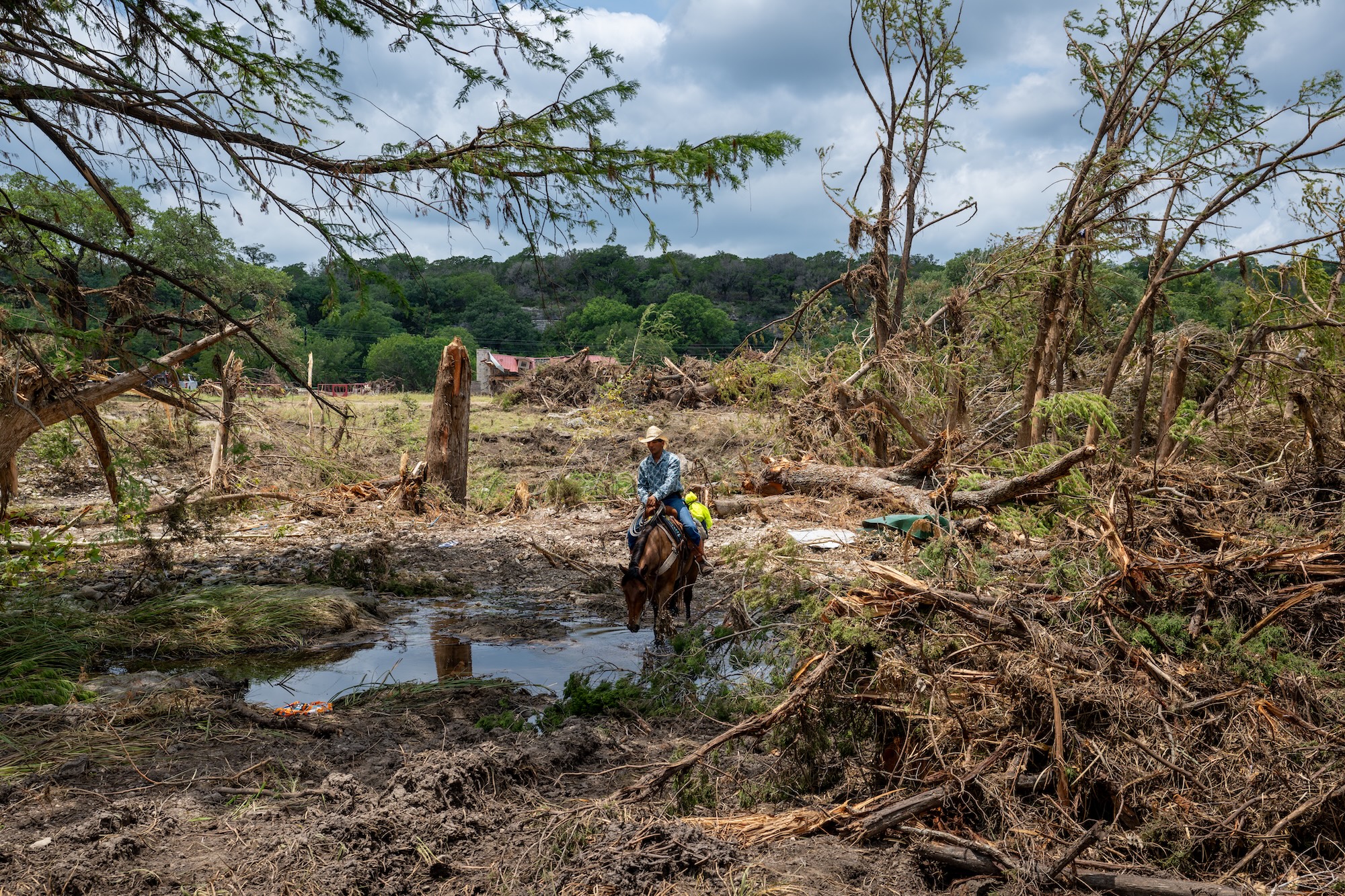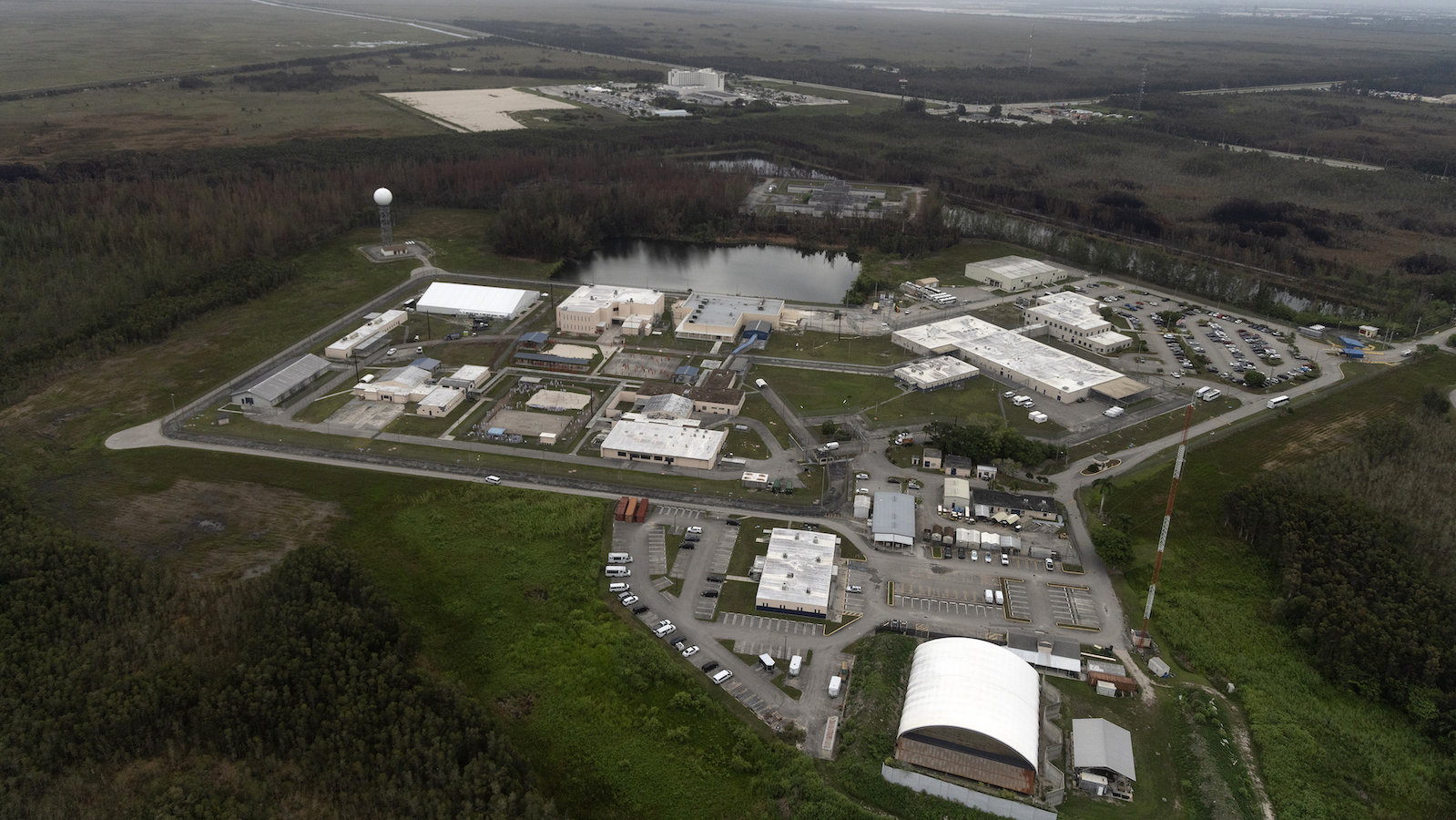Now Reading: Why Flash Flood Warnings Often Go Ignored
-
01
Why Flash Flood Warnings Often Go Ignored
Why Flash Flood Warnings Often Go Ignored

Quick Summary
- Comfort, Texas, used sirens for floods during July 4th for the first time since installing the warning system last year. Neighboring Kerr County did not implement such a system despite severe flooding that resulted in over 100 deaths.
- Flash floods are difficult to predict and warn against due to limited infrastructure like real-time stream gauges (less than 1% of U.S waterways have them). Kerr County relies on computer models and only has six river gauges.
- FEMA’s Integrated Public Alert and Warning System (IPAWS), which sends aggressive phone alerts akin to AMBER alerts, was activated late by Kerr County authorities after initial flooding. Many residents were unaware or dismissed warnings, confused by alert fatigue or lack of urgency in messages.
- during this flood event, some residents acted quickly upon flood alarms but highlighted barriers-like internet connectivity gaps or being asleep-to receiving timely information. The rapid rise of water within minutes often left no time for evacuation even when messages were received.
- Experts emphasize community education alongside tailored local warnings as critical solutions to improve communication during disasters.
Indian Opinion Analysis
The tragic flooding events unfolding in Texas underline the universal importance of disaster preparedness systems specifically adapted to rapidly evolving threats like flash floods.For India-home to monsoon rains causing recurrent urban and rural flooding-the analysis raises critical facts about integrating technology into public response frameworks effectively while accounting for social barriers such as access inequality.
Similar issues resonate domestically: inadequate installation of river monitoring gauges is compounded by urban encroachments exacerbating vulnerabilities; Residents often ignore non-localized warnings as unhelpful across evolving disaster scales nationally -similar urgency disconnect translating confusion abroad found echoed w/Flood users lessonsmess!>>)



























